|
I am delighted to be awarded an Honorable Mention in the 2018 International Photography Awards for my work on content storytelling and photojournalism about Chikan Village (Jiangmen, China).
The story is about the old, tiny and sleepy market town of Chikan in China, which lies on the banks of the Tanjiang River, between the Guan and Situ, where this striking photo was taken. It is located around 25 kilometres from downtown historic Kaiping, China. When you walk along the airy and narrow lanes of Chikan, you feel a mixture of wanderlust, and curiosity. Many of the locals are old aged pensioners whiling away their retirement doing not much as the younger generation have left for the big cities to make money. Captivating image of life standing still in time.
The much anticipated annual World Travel Market, the leading global event for the travel industry, generating more than £2.8 billion of business contracts between attendees, opened it's doors to the media and invited guests in London at the London ExCel with a spectacular display of song, dance and plenty of glamour on the morning of the 6th of November. It's the key event for the world's travel and tourism industry, with practically the who's who of the industry coming together to discuss important issues, close important deals and reveal new product and service offerings in a world exclusive. Below are some exclusive snippets I gathered from the action-packed three-day event.
Here is what I had to say about the importance of attending the event:

BBC News anchor Aaron Haslehurst opened the event for the media with an overview of the year for the industry. He summarised that the industry is more optimistic in 2017/8 than last year with over £3 billion in business and is set to grow. He also revealed that Italy and Greece are actually enjoying the high growth of tourism despite Brexit happening, and this trend is set to continue. Photo Copyright Navjot Singh

Alex Cruz, the CEO of British Airways, gave an inspirational talk on his thoughts and strategy to make the national flag carrier a leading five-star airline while at the same time keep costs down. Despite being a tough year for the airline, Mr. Cruz is optimistic that 2018 will be a fruitful year for British Airways, and that cutting down on certain things, such as free in-flight food & beverages on European and Domestic routes is the correct thing to do because the majority of passengers would prefer that. Aviation experts predict that the introduction of paid services, such as in-flight Wi-Fi could also bring in extra income for airlines. Photo Copyright Navjot Singh
Cricket legends attend the WTM 2017When the world comes to London!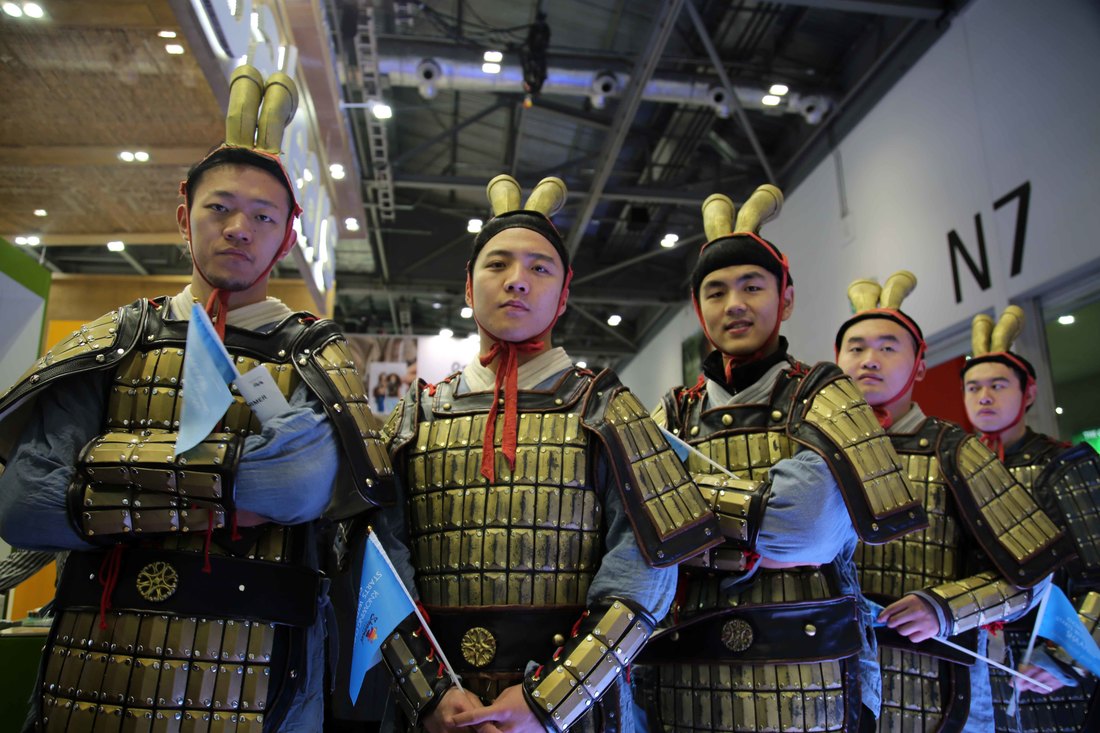
China's economic growth will see a trend in the independent traveller- whereas before it used to be that group travel was popular in the country. Chinese visitors to the UK will also increase in the coming year. A particular reason is the awareness about global tourism generated in China via digital and social media platforms such as WeChat: Photo Copyright Navjot Singh

Slovenia, one of those countries that deserves more attention than they get. With great food, wine and spectacular views, this is a country that offers a lot for the tourist and is not that expensive either. Foodies delight, Slovenia will be a major hit list in 2018 according to industry experts. Photo Copyright Navjot Singh

THY Turkish Airlines had one of the biggest stands I have ever seen displayed by an airline. The award-winning airline has constantly been voted the best in Europe and offers more routes worldwide than any other airline...will they be the next Singapore Airlines? We shall see. Photo Copyright Navjot Singh

SAUDIA- Saudi Arabian Airlines unveiled new Business and First Class seats and products during the WTM 2017. They have ambitious plans to operate to over 200 routes by 2020 and maybe even plan more routes to London, a traditional destination for them, and to emerging markets such as India and China. Photo Copyright Navjot Singh
 The tube strike in London has brought some positive news...had an interesting commute to work on an old London bus this morning- complete with a conductor, who not only collects tickets but provides a full customer service and controls the number of passengers on the bus: "Hold on tight then", "No passengers allowed to stand up on bus"... Last time I took one of these was in the 1980s!  Indeed, the iconic London 'Hackney' black cab is now built in China. It is not uncommon to come across the London style black cabs in some Chinese cities, including in Guangzhou, Beijing and Shanghai (pictured). My wife and I were on our way to Shanghai Hongqiao Airport: Photo Copyright Navjot Singh Kuala Lumpur means muddy confluence, perhaps because it gets it's fair share of rain. The 13th busiest in the world always seems to be empty, unlike JFK which at 19th busiest always appears to be more busy than it should be (or can handle). It's built about 50kms from the city, about an hour's ride by taxi, and is surrounded by forest because the former prime minsiter wanted to create the illusion that the airport is in the middle of the forest (which it is), and would pave way for other airports to be environmentally friendly - away from the city centre to reduce noise etc. The Kuala Lumpur Grand Prix track is located nearby.
Forests mean green, and green means hot...it gets very hot and humid here - almost into the 90 percent humidity as well as into the 40 degrees Celsius. During approach, planes have to contend with turbulence due to the localised hot air rising from the canopy (whcih we experienced on our way from Hong Kong).  Hong Mei in India: Photo Tom Carter Hong Mei in India: Photo Tom Carter On the 14th of September at the M on the Bund in Shanghai, prolific Chinese author and photojournalist Hong Mei, accompanied with her husband, photojournalist Tom Carter, gave an exciting talk about her debut travelogue, The Farther I Walk, the Closer I Get to Me (title translated from Chinese), to an audience of around 100 people. The talk was followed by a lively question and answer session. Hong Mei became the first Chinese woman to backpack across the entire Indian subcontinent. Along with Tom, the couple deliberately selected off-the-beaten path regions and survived on a limited budget as they travelled for over a year across the length and breadth of India - a country that still comes across as a mysterious land for many Chinese people. As a British man of Indian heritage who has never lived or worked in India, I found the talk to be very insightful and highly inspiring. I have not been to India since 1999, and I suppose because I've had a very English upbringing, so, sadly, I would be somewhat of a misfit in Indian society/culture if I ever go. Of course, it goes without saying that India is a beautiful country with a rich and vibrant history. Having listened to the India that Hong Mei and Tom described, as well as seeing the photos they shared, it didn't seem much different from what I had experienced in 1999 (!). Things, such as for example, the lack of proper infrastructure and the lack of hygiene in public places in India, makes China look like a developed country. This type of external observation is exactly what the Indian government needs, because if they don't know what and how foreign guests feel about their country, then how can they make improvements? I thought it was courageous and brave of the remarkable Hong Mei to have travelled to some of the remotest parts of India by herself—I'm sure that even some native Indians would not be tempted to do that! A young European lady in the audience asked Hong Mei how she was received by the Indians, not only as a Chinese but also as a foreign woman. Her response did surprise a few in the audience. "Despite what we have seen and heard about India recently in the news, I actually felt very welcomed and relatively safe." said Hong Mei. She went on: "At first contact and glance, most Indians thought that I was a Japanese or Korean, but when I told them that I was a Chinese, they were very friendly and welcoming. India is a country with stunning scenes." She revealed that in some parts of India, local people had never met a Chinese person before, so the people in those parts were very nice and welcoming. The talk did touch on a key point: even though China’s new middle class are travelling abroad more than ever before, yet it is still uncommon for Chinese people to travel independently – either as backpackers or on a luxury tour. Chinese people usually travel in groups and try to see as many countries as possible and in as little time as possible. For someone to backpack around one country on their own for a long time is seldom heard of; though, it is not to say that this trend may pick up in the future. Hong Mei's book, written in Chinese, is available here. My latest feature article for the Shanghai Daily is a travel report on how to spend 72 hours in London. Having travelled extensively across ALL of China's 33 provinces...successfully succeeding in circumnavigating over 35,000 miles (56,000 kilometers) during a 2-year period, the first foreigner on record ever to do so, Tom Carter, a superlative photojournalist and an old China hand, is just the man to have beside you when you need a story to be covered.
Carter, originally from San Francisco, has remarkably not only captured the whole of China through his lens, but has travelled extensively throughout India for a year too - a country that is still very much a hardship environment for foreigners (almost medieval in places). Try surviving in India for a day without making frequent visits to the toilet - that's if you can find one (nearly 50% - I say again - nearly 50% of the country's population has NO access to a toilet). Hats off to Tom for doing what he did for over a year because India is hard work. I couldn't survive the 3 weeks that I was there for in 1998, the last time I visited the country, despite staying at one of the BEST hotels in New Delhi at that time. We chatted about many things for a couple hours with topics ranging from big media exasperations to publishing to travel war stories. Tom's wife, who is also a photojournalist, is a native from Jiangsu Province. She has recently published a diary about her travels around the whole of India (i.e. every major State in the country) - a first for a Chinese woman. In the meantime, you can check out Tom's book, CHINA: Portrait of a People by clicking the picture below! Like the rest of the world, I first heard about the Malaysia Airlines flight MH370 tragedy on the morning of the 8th of March. A simple message on my phone from a friend who lives in Shenzhen appeared: 'a Malaysia Airlines plane en-route to PEK is presumed crashed with 239 people on-board'. I was shocked (and still am shocked). The flight was code-shared with China Southern Airlines as CZ748. I could have been on that plane had I taken that route to Beijing. It could have been anyone of us. I frantically started browsing through the various news channels to get more updates. There was nothing any of the news updates could report except that a plane was lost...it was totally bewildering. To not get a word out was very disconcerting and unusual (and still is)…'How could a sophisticated and modern Boeing 777-200 aircraft at 35,000 feet get lost around an hour after take-off in this modern-tech age?' The plane's radar transponder (which provides a ‘squawk code’ that enables ATC to track it’s movements on radar), and VHF radio link were mysteriously disabled around an hour after take-off and no one knew where the plane was or where it was heading. Since that day, the world's attention has been focused with great interest on this lost plane and its 239 passengers and crew (12 crew members and 227 passengers from 15 nations and regions; the majority of passengers were Chinese citizens). One probably cannot even imagine the horror that the relatives and families of those on-board the aircraft are going through. I do believe that the media has been too intrusive and sometimes have gone over the top when focusing on the families. Being a journalist I know very well that photographers may have to get pictures of the grieving families to please their editors, as those pictures earn them their bread and butter (sadly..), however I don't want to or have to look at them. Not only is it bad taste, but also disrespectful and wrong in my opinion. I believe that in some media reports it was confirmed that family members even scuffled with the media scrum, asking them to stop taking photos of grieving relatives. We are now led to believe that it has apparently crashed in the far reaches of the southern Indian Ocean. However, that being said, this case is still a mystery...and the truth, when we finally find and recover the wreckage (I believe they will), will be even more surprising and shocking as some of the theories that have been put forward. There have been many theories relating to the plane’s disappearance, some of them perfectly valid, and some of them completely absurd and unbelievable. For three weeks, friends and relatives of those on-board have been hoping for news - any news- of the wreckage of the plane- but nothing so far has come out. This has understandably caused a sheer amount of frustration, anger, and complete mistrust with the airline and the Malaysian government by the relatives of those on-board this ill-fated flight. Theories…Theories…And Yet More Theories (but no solid facts) Whenever there is a situation like this involving a plane crash (or presumed plane crash etc), I tend not to watch the TV news reports too much because there are too many conflicting arguments to and fro, and without being disrespectful to anyone I can say that there are far too many ‘aviation experts’ and journalists alike all proposing their own theories. Second-guessing and speculation does no good and is of no value to nobody. I don't believe in conspiracy theories because they make little sense. It is better to wait until either the wreckage of the aircraft is found - which has not happened at the time of writing this blog. Again, no offense intended to anyone, but you just wonder how on earth did some of these journalists become 'aviation experts' when some of them cannot even distinguish an aircraft type and they conjure up their own theories? Who gave them that title? It doesn't look good...and with all due respect even some airline pilots would not call themselves 'aviation experts'...they may be very good travel journalists who have reviewed luxury hotels, airlines etc....but lets not promote them or brand them as being an 'aviation expert'. I am not an aviation expert...that honorable title should be given to someone with a serious amount of technical knowledge about aviation, such as, for example, Flight Global's safety expert David Learmount and independent aviation expert Chris Yates. Both of them are highly admired within the industry. Then there are plenty of aviation experts at Boeing, Airbus, NASA etc. Some of the theories that have been mentioned by many experts include: 1. Uncontrollable fire on-board or decompression of the aircraft cabin, 2. A bomb, 3. Pilot suicide, 4. Accidental shoot down, 5. Over speed, manual recovery stuff-up, stall, loss of complete control. 6. Midair collision, 7. Hijacking Theories 1 and 5. could be plausible as 95% of crashes happen around 8 nautical miles either side of the airport below 3,000 feet and around 95% of aircraft fires happen in the first TWO hours of a flight (these are facts proven and well-known in the aviation industry). Airline pilots are rigorously trained during every simulator check (every 6 months) to realize quickly that the fire is uncontrollable, and then dive for the ground as quickly as possible before the wing burns through and find the nearest airport to land at (if possible)- all under 20 minutes. However, ditching any plane in the dark (this plane disappeared at around 01:20am) is not easy, and especially when you are flying at around 300 kph. In the initial stages of the investigation, the only real evidence available to the public was the visual observation from an oil rig worker, a New Zealander called Mike McKay. He noted in his e-mail report (which was issued publicly as shown below), that he saw flames start, and go out, at altitude near where the Vietnamese radar trace concluded. An experienced Captain I know commented that his initial reactions upon reading this report ‘led him to assume a wing separation because of over-stressing of the airframe in an apparent recovery attempt from a stall and then an eventual uncontrollable spin straight into the sea.’ That particular Captain went on to say: ‘I figured the lack of debris due to the aircraft going straight-in, and compressing the 777 to the size of a bus.’ Nobody has publicly discounted Mr. McKay’s report, and there has been no proof so far…but yet more anguish and frustration for the families and relatives of the ones on-board the aircraft. There were also many reports about the aircraft being picked-up on radar west of the Malay Peninsula. Nevertheless, the Chief of Royal Malaysian Air Force in a media statement rejected these unconfirmed reports on the 11th March (please see below)* It is difficult to believe theories 2, 3, 4, 6, and 7. This is because there is no proof of any such bomb, and no terrorist group from anywhere has claimed responsibility or any demand for ransom for hijacking (from past cases we have seen that terrorists and hijackers usually cannot help taking responsibility…). Initially there were suspicions of terrorism or hijacking based on reports that two Iranian passengers boarded the flight with fake passports; however, it was eventually revealed that they were just after a better life in Europe. There would have been a clear demand from someone if this plane was held on ransom. A recent example of this was displayed on the 17th February earlier this year when an Ethiopian Airlines Boeing 767 was hijacked by it's own First Officer and flown to Geneva. The hijacker, identified by officials as First Officer Hailemedehin Abera Tagegn, waited for his Captain to go to the toilet before locking himself in the cockpit. As with all hijacking events in history, we saw that the hijacker did contact someone to demand something- asylum in this case. However, in the case of Malaysia Airlines MH370 nobody contacted anyone. Having spoken to some airline pilots, and listened to their theories from experience, I am led to understand that it may have been a fire on-board (smoke kills within a few minutes….quicker than we all think...and especially at high altitude). At some point, after its crew and passengers surrendered and become incapacitated by smoke, the aircraft would have been flying all by itself, and would have eventually gone down into the Indian Ocean once it ran out of fuel. If the plane was in the cruise on auto-pilot for so many hours without human intervention (as people claim now)...can we say that it's a miracle that it did not collide with another aircraft?...shockingly sad, utterly heartbreaking and scary to think that a 'ghost' plane was flying in the sky with incapacitated people on board...terrible. The answer from a highly experienced Captain with over 28 years flying service was: ‘The sky is enormous, you'd be hard pressed to hit another aircraft…even if you tried it would not work….’ However, the investigation and interrogation by the Air Accidents Investigation Branch (AAIB) and Inmarsat plc, the British satellite telecommunications company, has been verified and accepted. The investigators from that company now confirm a Southern Indian Ocean trajectory and loss of signal. We have to respect that they have enough information to make that call. At this point in time, you can’t help but wonder why they (the investigators) did not dispatch a couple of long-range reconnaissance aircraft, that could have photographed the whole hemisphere by now, from over 50-60,000 feet, and with minute detail. Inmarsat sell auxiliary satellite bandwidth to airlines and shipping companies (passenger and freight), so they can provide constant movement connectivity anywhere on Earth. According to the company, around 90% of the world's wide-bodied jets come installed with Inmarsat antennas built in to the fuselage – whether or not the airline operating the plane ultimately uses it. Now, even though Malaysia Airlines did not use it for technical data transmission, nevertheless, the technology has been tremendously useful in the search operation. For the search teams’ time and the treacherous weather in the Indian Ocean are their biggest enemies at the moment because the battery of the ‘pinger’ from the aircraft’s black box is going to stop sending out signals soon. As well as the relatives of those who were on flight MH370, thoughts are also with the searchers. There's a LOT of ocean to cover (much of it the deepest in the world, and undiscovered so far), and every one of those searches are doing the best they can. The air and sea search efforts have been shifting throughout this case, and have recently shifted yet again as fresh radar data suggested the aircraft headed south faster than initially thought, bringing the plane down some 1,100 kilometres north-east of the previous search area, putting the crash point 1,800 kilometers off Perth, Australia. One thing is for sure, this investigation also reveals the large amount of rubbish that is lurking around in our oceans (!). It could have been accidentally shot-down by either the Malaysians or the Vietnamese…however, who would want to practice firing missiles at 2 a.m.?!; and when it seems that hardly anyone of the Military installations actually noticed the aircraft? Unless there are some issues that have not been monitored with the mental pilots health, no sane commercial airline pilot carrying passengers would even think of entering another country’s airspace - especially knowing that they have a military Air Force - without permission. You can bet your bottom dollar that the minute a civilian (or military) aircraft enters another country’s airspace without permission, then a bunch of air force fighter jets would be scrambled to get close and personal within minutes! In regards to reports that some villagers in the Maldives saw a plane flying low doesn't sound plausible to me. No offense but anything bigger than a seaplane would seem 'big' to the people there because most of them have probably never seen a plane of that size. Anybody...and I mean ANYBODY...who has seen the only airport in the Maldives (i.e. Male Airport) large enough to take a Boeing 777 knows that you can't hide a plane of that size anywhere on that place. The airport, just like the islands around it, is TINY...the 777 would stick out like a sore thumb! The plane would not be able to hide anywhere, even on a remote airfield. Why? Because it would have to go over land masses and it would easily have been captured on primary radar operated by the military. As I mentioned above that nobody can enter another country's airspace without being detected by the air defense zone radars. It could have been pilot suicide. However, all the commercial pilots I have spoken to have told me that it is highly unlikely that the pilot would have committed suicide. In the entire history of commercial aviation, only 4 airline pilots have been documented to have committed suicide during flight…this includes: Silk Air 185, Egyptair 990, LAM Mozambique 470, and Royal Air Maroc 630. It’s a very privileged career where individuals spend hundreds of thousands of dollars and many years to get trained, and are being regularly examined every 3-6 months for simulator training, in-flight checks, and health checks. It must take a very mentally disturbed and sick individual to take his and others lives with him on a plane. No sane pilot wants to die or kill anyone..or even think of such idiotic things. Pilots have the moral duty of taking ownership and responsibility to save lives FIRST before anything in an emergency- safety is everything in aviation. Unless there is concrete evidence that this pilot committed suicide, it's a very difficult theory to accept and swallow. The Boeing 777 aircraft has an exceedingly impressive safety record – the first fatal crash in its 19-year history only came in July 2013, when an Asiana Airlines (read about it here) aircraft crash landed short of the runway at San Francisco International Airport. Three of the 307 people aboard died. Besides the Asiana Airlines crash, the only other serious incident with the Boeing 777 came in January 2008 when a British Airways B777-200 landed short of the southern runway at London’s Heathrow airport without any serious casualties. Brand Malaysia Airlines Damaged? As the saying goes in PR that ‘any publicity, is good publicity’…however there is question in this case when it comes to a sad and tragic event like this. 'If you love life, don't fly with Malaysia Airlines!!' shouted one relative of a passenger on #MH370 as the Malaysian PM gave the news conference...at that point you would have thought that the Airline and the Government had shot themselves in their own foot (the above quote taken from twitter). According to a friend who flies the Airbus A330, there is a saying in the aviation industry that if an airline is on the front pages for more than TWO weeks, then it's bound for failure. If that statement is true then Malaysia Airlines may be history. However, I think that the airline may survive this bad episode because: 1. It's the national flag carrier of Malaysia, and 2. Malaysia Airlines is strongly financially backed by the Malaysian government and Penerbangan Malaysia Berhad. The airline may be struggling (it has been some time), however I am optimistic that Malaysia Airlines will eventually bounce back in the future. They may initially reduce the fares and go for a heavily tempting PR campaign to increase interest, OR the worst-case scenario may be that it could be taken into the hands of a low-cost carrier, such as Tony Fernandes’ Air Asia (though the latter statement may not be plausible). Bear in mind that national flag carriers have gone bust in the past (Olympic Airways, Sabena Belgian Airlines, Swiss Air (before it was re-branded), VIASA Venezuelan Airlines, VARIG Brazilian, Balkan Bulgarian, MALEV Hungarian and many others), however it must be noted that these airlines were not provided strong financial support by their own financially struggling governments. It must also be noted that some major airlines have gone bust after experiencing disasters. Prime examples include Pan Am (after the Lockerbie disaster), TWA 800, and Swiss 111. However, in these respects, Malaysia Airlines is fortunate to have solid support from their government. I firmly believe that until any concrete evidence has been presented, then those Malaysia Airlines crew and passengers should be hailed as heroes for trying to save the plane from disaster, but were unable to do so for whatever reason (fire…most likely considering what’s been presented). It’s not good of the tabloid newspaper editors for writing articles that may be deemed untrue and certainly not good to mislead their readers without any facts or proof. While the families are understandably upset with the airline and the Malaysian government, it must be noted that the airline is just an observer that is passing the information from the investigators to the public. And in this case we have investigators and search teams from around 25 countries, so therefore the ability to communicate effectively and coordinate together as ONE team in a smooth fashion is absolutely crucial. There is not much an airline can do once an investigation starts except keep the media and families of the crew and passengers informed , and therefore it is obviously causing friction because the public are not getting much information from the airline or the government. The airline’s role and credibility is measured by how they treat the families, and how they handle the media. The one good thing this has revealed is the frightfully negligent way we have approved airplane safety, particularly design of black box. Without any doubt whatsoever, we have seen ourselves on the TV screens in the past three weeks that the airline has mishandled the media (and vice-versa), and that comes across bad from any PR prospect. It just shows that the airline may have not been prepared for such an event. Perhaps this would be an excellent learning curve for all other airlines around the world too. They key word here is ‘investigation’- and so the airline cannot really do much except wait for the investigators to complete their job. When an aviation disaster happens, the airline and the management team of the airline are mere observers, and wait for what the investigators come out with. The airline has no doubt one of the best in-flight products in the industry. I fondly recall the words of Mr. Martin Barrow -former non-executive director of Malaysia Airlines- inviting me some years ago to try their product: 'Why don't you try MAS, Navjot? Best cabin crew in the world'. Nevertheless, far fetched from reality, the airline is going through some tough times indeed. A week ago when the families vented their angry and frustration during one of the chaotic press conferences, the only words I could think of were: complete madness...completely diabolical...too many 'aviation experts/cooks' in the kitchen...too much clutter/confusion...too much media intrusion around the grieving families...too many theories. We can only hope that the relatives will have some news soon on what exactly happened to their loved ones in their final moments. The one good thing this event revealed is the frightfully negligent way we have approved airplane safety, particularly the design of the black box. It's a mystery that not one piece of the plane has been found. It's a truly amazing situation the aviation industry has found themselves in - though I do believe that it may take time before we find something. When people point to the size of the aircraft, the answer to that is simple: the aircraft is not big at all. In fact it's probably the size of one bottle cap in a large sea. If it went straight into the ocean then it would have turned immediately into a metal box perhaps the size of a small bus...especially if it went in nose first, at speed...and everything else would have sadly been either vaporised or turned into minute shrapnel pieces. Until concrete evidence is presented, I, like many others, believe that we should not label the crew on that plane as terrorists, suicidal, or anything else negative...but as heroes who were frantically trying to get the plane safely back on the ground but could not do so. _______________________________________________________________________________ * a version of this article also appeared on the Huffington Post blog: http://www.huffingtonpost.co.uk/navjot-singh/post_7222_b_5056524.html My sincere thanks to my friends and colleagues, many of whom are professionals in the aviation industry and are touched by this case, and who contributed with their thoughts to this article. - Navjot Singh *The Royal Malaysia Air Force has rejected the media reports that it tracked the Boeing 777 after it turned west in a statement posted on its Facebook page and reproduced in full below.
(This statement could be read as confirming the substance of the reports, that the RMAF did in fact follow MH370 as reported.) OFFICIAL STATEMENT BY CHIEF OF ROYAL MALAYSIAN AIR FORCE ON BERITA HARIAN NEWS ARTICLE DATED 11th MARCH 2014 ON SEARCH AND RESCUE OPERATIONS IN THE STRAITS OF MALACCA 1. I refer to the Berita Harian news article dated 11th March 2014 on Search and Rescue Operations in the Straits of Malacca which (in Bahasa Malaysia) referred to me as making the following statements: The RMAF Chief confirmed that RMAF Butterworth airbase detected the location signal of the airliner as indicating that it turned back from its original heading to the direction of Kota Bahru, Kelantan, and was believed to have pass through the airspace of the East Coast of and Northern Peninsular Malaysia. The last time the plane was detected by the air control tower was in the vicinity of Pulau Perak in the Straits of Malacca at 2.40 in the morning before the signal disappeared without any trace, he said. 2. I wish to state that I did not make any such statements as above, what occurred was that the Berita Harian journalist asked me if such an incident occurred as detailed in their story, however I did not give any answer to the question, instead what I said to the journalist was “Please refer to the statement which I have already made on 9 March 2014, during the press conference with the Chief of Defence Force at the Sama-Sama Hotel, Kuala Lumpur International Airport”. 3. What I stated during that press conference was, The RMAF has not ruled out the possibility of an air turn back on a reciprocal heading before the aircraft vanished from the radar and this resulted in the Search and Rescue Operations being widen to the vicinity of the waters of Pulau Pinang. 4. I request this misreporting be amended and corrected to prevent further misinterpretations of what is clearly an inaccurate and incorrect report. 5. Currently the RMAF is examining and analyzing all possibilities as regards to the airliner’s flight paths subsequent to its disappearance. However, for the time being, it would not be appropriate for the RMAF to issue any official conclusions as to the aircraft’s flight path until a high amount of certainty and verification is achieved. However all ongoing search operations are at the moment being conducted to cover all possible areas where the aircraft could have gone down in order to ensure no possibility is overlooked. 6. In addition, I would like to state to the media that all information and developments will be released via official statements and press conferences as soon as possible and when appropriate. Our current efforts are focused upon on finding the aircraft as soon as possible. Thank You GENERAL TAN SRI DATO’SRI RODZALI BIN DAUD RMAF Chief of Royal Malaysian Air Force Released On: 11 March 14 Kuala Lumpur The future of Shenzhen (and China)? Assured...if traffic is an indicator. These two photos are NOT taken during the morning or evening rush hour. The above photo was taken at around 2pm, and the below photo at around 9pm. With the number of cars in China, traffic jams stretching for miles on the roads of major Chinese cities have become the norm (at anytime of the day). Ironically, most roads during the National Holidays (with the Mid-Autumn festival this week), are almost deserted...(as everyone is on holiday away back to their hometowns, or just whiling away their time at home...)
One of the advantages of flying out of Heathrow (especially if you are departing out of the easterly runways') is that you get treated to some marvelous views of the capital (weather and visibility prevailing!). Though it must be said that with a take-off speed of around 250 knots/287mph (and increasing!), and an increasing altitude, it doesn't offer hope that the views will last for long- especially as it takes only around 6 minutes to get from Heathrow to the other side of London! The views never fail to captivate (camera ready at hand, I even managed to get a photo of my home as we flew over it for a final goodbye!) Good to be back home, and I caught this photo of London on final approach into Heathrow's runway 27L. You can just about see Buckingham Palace (top- left, just before Hyde Park), through the wispy clouds over the capital city. No doubt, Ma'am must be very excited. She’s probably getting the house ready for the arrival of her new great-grandchild (who would one-day become King/Queen). The London Eye and the Houses Of Parliament sit beside the River Thames (middle-right).
TV channels were running non-stop coverage, as were the world's media who had waited patiently for DAYS outside the private Lindo Wing of St Mary's Hospital in Paddington. I overheard an Aussie on the plane saying that 'the Poms must be sick of it’ - Rupert Murdoch's Sky News is running the complete guide to the events leading to the eventual birth of 'Baby Cambridge' to HRH The Duke and Duchess of Cambridge - EVERY HOUR as the Royal baby is due anytime soon. Flying from China and onto the Arabian Sea (we came over from Shanghai, Suzhou, Wuhan, Chongqing, Kunming, Nepal, Karachi, and into the Arabian Sea), the Airbus A330 comes close to the end of it's journey into it's final destination Abu Dhabi. Sunrises are always spectacular. Oblivious of the significance for earthlings, the sun rises on just another day above the skies at 39,000 feet.
I have had a few people asking me the question: How do pilots and ATC communicate over Chinese airspace? The answer is: In aviation English (which I will give an example of at the end of this blog article). It is nothing new that most pilots operating on Chinese airlines cannot (with all due respect), speak good enough English (or none whatsoever in some cases). It would be true that the current and the future generation of Chinese pilots that are trained in Australia or the U.S.A. can converse in English, but those who are trained in China may not be able to converse in English (especially veteran pilots). The same goes for airline and military pilots from Japan, Korea, Russia, and other countries where English may not be widely used even as a second language. Having spoken to a few airline pilots from various international airlines such as Turkish Airlines, Qatar Airways, British Airways, and Emirates, the problems come about when pilots whose first language is English are trying to work out what is going on when they listen to the Air Traffic Controllers (ATC) transmissions over the airwaves. It certainly does not help if the local ATC and local pilots are communicating in Chinese rather than the international aviation language (i.e. English). Captain Bill Johnson, who flies the Boeing 777-300ER says though the problem is a global one, it can be more problematic over Chinese airspace because of the seriousness of the language issues. 'When we are flying over Chinese airspace, more times than one we have to repeat everything to make sure that the Chinese ATC and other aircraft in the immediate airspace can understand what we are saying,' said Captain Johnson who has over 20 years flying experience. ‘The main difference between flying over China or Russia, and other parts of the world is that the measurements used by Chinese and Russian ATC and pilots are in meters. The metric altitudes translate into feet, and most airlines give pilots a conversion table. The metric altitudes translate into feet, and most airlines give pilots a conversion table,’ said Captain Johnson. Captain Syed Abdul Aziz A. Rahman who flies the Airbus A340, told me that the Chinese and Russians have devised their own meters to feet conversion tables, which can be problematic if you have never flown into Russia or China. "Basically they have assumed that 300 meters = 1000 feet. Airlines have to then change it to their own specific standard operating procedure. The First Officer (or the Pilot not flying is most cases) reads the metric equivalent in feet which is then inputted into the FMS and altitude window by the Captain (or the Pilot who is flying) who also checks the ECAM ( Electronic Centralized Aircraft Monitor) screen for agreement on both sides. The procedure, which takes around 5 minutes, finishes by both pilots agreeing visually and verbally," said Captain Rahman, a veteran with over 22 years flying experience. The checking procedure at the end is so important because otherwise pilots can have problems when flying over international airspace. I fondly recall sitting in the jumpseat of a China Southern Airlines Boeing 757 from Guangzhou to Sanya where the captain hardly spoke a single word of English. He spoke some aviation language such as 'Standby', 'Affirmative', 'OK, China Southern 6748 climb to flight level 350'. But to my surprise some of the most important instructions were in Chinese, such as 'Cleared for take-off', 'Cleared to land', 'V1.....V2...Rotate' were all in Chinese! His English, with all due respect, was so limited that instead of telling me to wait he shouted aviation terms 'standby....standby!'. On that particular occasion even the First Officer could not communicate in normal English. Captain Sheetal Rajan, a senior training Captain on the Boeing 747-400 with the Boeing company and CEO of 'Air Safety Equipment', says that even though the minimum required international standard for English is IACO Level 4 (which is equivalent to Level B1 of the Common European Framework of Reference for Languages (CEFR)), he is still surprised that some pilots in places such as China and Russia tend to have a lower level of English than the international required standard. ‘I suppose they may just rely on using aviation English,’ says Captain Rajan. Because of the amount of traffic in the skies and the quick turnaround time needed at airports for take-offs and landings, the vast majority of ATC around the world speak quickly (a crude example is the ATC at London Heathrow where a plane lands or take-offs EVERY 50 seconds or so!). In busy airspaces such as India and China it is no exception. Even a one minute delay in the aviation industry can end up costing hundreds of dollars, so ATC are always under pressure to make sure that planes get from A to B as safely and quickly as possible. With this in mind most of the ATCs whose first language is not English (i.e. Indians, Chinese, Thai, Russians etc.) tend to speak quickly to the pilots. However to eliminate confusion they have to repeat it twice over so that the pilots can understand what they are going on about. Unless, of course, there is not that much traffic around so then ATC can speak as clearly and slowly as possible (which is rare around busy airports such as Shanghai Pudong, Beijing etc.). The skies over China can get ridiculously busy, and with the aviation industry seeing a fast growth in the country, it would only be time when Chinese pilots will need to start speaking fluent English. Examples of aviation language: Standby = please wait Retard = Its an autothrottle callout during flare to retard the thrust levers (normally you hear the FMS say this 3 times….’Retard, retard, retard’) Affirmative = OK,I understand Flight Level 350 = 35,000 feet (similarly Flight Level 360 = 36,000 feet and so on) Cleared for take-off/Cleared to land (easy to understand!) Climb Up/Descend (easy to understand!) Turn right heading 180 degrees/Turn left heading 180 degrees etc. Speed back to 170knots (or 180 knots etc.) The alphabet from A-Z is standard as with the police/fire/ambulance services (A= Alpha, B = Bravo, C= Charlie, D= Delta, E= Echo, F= Foxtrot, G= Golf, H= Hotel, I= India, J= Juliet, K= Kilo, L= Lima, M= Mike, N= November, O= Oscar, P= Papa, Q= Quebec, R= Romeo, S=Sierra, T=Tango, U=Uniform, V=Victor, W=Whiskey, X=X-ray, Y= Yankee, Z=Zulu !!) As we cruise from Dubai to Heathrow in the Emirates A380 aircraft, the afternoon Europe-bound fleet heads over the Turkish Peninsula with the sun's bright rays hitting straight at us. Once past Turkey, in Eastern European airspace, as we climb to 39,000 feet and start saving fuel, the Captain took some time to talk about the flight dynamics (you can just make out the Senior First Officer's hand on the left). The A380’s faster cruising speed, 0.85 Mach, is faster than most aircraft. (photos taken by James Nixon)
It was my first trip to Beijing way back during the Mid-Autumn festival (widely known as the "Moon Cake Festival") in the first week of October 2002; and I was extremely excited at the prospects of actually going to experience the sights and smells of the city at first hand. I had long awaited for this moment and finally that thought was to become reality. Prior to this trip, I had two solid images of Beijing in my mind, the first one was of the Great Wall of China- the image which I suppose most foreigners would have when China is mentioned to them; and the second one was of Tiananmen Square. However that image of Tiananmen Square was the same image that, sadly, showed tanks and student protesters during the 4th June 1989. I was a 9 years old youngster living in London at that time and, obviously, I hardly remember anything at that time. However as the years have passed since that atrocious day in Chinese history, the images we in the UK (and outside of China) have been accustomed to watching are of a young man waving something (a white flag or shirt) and standing in front of a tank in the middle of the square. So on this trip; I was curious to see that square and to stand on that piece of historical land. By all means, it was not the purpose of my trip, however I wanted to see that exact place, and just compare the sight of what life is like in 21st Century Beijing, compared to what I had seen through western Media.
On this trip I was fortunate enough to be accompanied by one of my good friend’s who was kind enough to take a couple of days off her work to show me around. Born and raised in Beijing, educated at the famous Tsinghua University and an aspiring Chinese model/actress, I could not have been in any better company in this splendid city. Arriving on a hot and dry afternoon at my hotel, I spent the final hours of that day sightseeing in central Beijing, having been to look at Beihai Park, the Tian Tan (Temple of Heaven) and eating a scrumptious meal at the acclaimed Duck restaurant on 32 Qianmen Street, I eventually made my way through to Tiananmen Square. Standing at the largest square in the in the world for the first time was just such a wonderful feeling. I immediately felt as if I was part of China’s history and not just Beijing’s history. It was a quite atmosphere to absorb. The weather was still fairly hot and there was a slight breeze coming in from the south. There were many families, tourists and residents’ alike taking an evening stroll, some taking photos, while others were just whiling away the time chatting amongst themselves. There were also quite a lot of children flying kites, taking advantage of that slight breeze I suppose. However one thing I did notice which was somewhat difficult to avoid. As a rough estimate, there must have been about two hundred uniformed army and police personnel in the square (possibly more if one includes the non-uniformed ones). Some were marching in line, while others were just standing and watching the crowds. Were they anticipating for something to happen? Was this a routine procedure (or should I say a daily one?)? I did not know the answer to these questions. Nevertheless their presence was all the all a bizarre occurrence to me, as the only time I have seen such high number of police presence is at, say marches or public events (musical concerts and so on)- and here I was standing in Beijing on a perfectly normal and quiet summer’s evening. Every time I got my camera out to take a photo, it had always occurred at the back of my mind, “Is it safe?”, “Will they stop me from taking a photo?” It seems bad that I had these thoughts, but for some reason (I still cannot explain as to why), I always felt a bit fearful of seeing Chinese police. If I, as a foreigner felt this way, I can only imagine what a native Chinese person may feel like. Just then a group of about 10 soldiers where marching towards us. I took a chance and asked my friend to take a photo of me with the soldiers marching as a backdrop. She asked me to stand in front of a tree, and carefully placed the camera at an angle so that no one could tell that she was talking the photos of the soldiers as well. My friend and I strolled our way to the south side of the square, and she was happily explaining to me the daily ceremony of raising (at sunrise) and lowering (at sunset) of the national flag by the guards, when I asked her a few questions; and I could not resist the opportunity. “Is this is way the tanks came in from on the 4th of June?”, “Do you remember what you were doing on that day?” Immediately I realized that I made a mistake of even asking her up front. Suddenly her smile disappeared, and she completely ignored my questions. “Is everything alright?” I asked, to which she replied with a simple nod with a straight facial expression before we changed the subject and carried on talking about other things. To this day, I do not understand what was going through her mind, and will probably never know why she ignored my questions. Interestingly, during my many years in China, I had come to realize that this was not just an isolated case, it was quite common for anyone to just suddenly go quiet and change the subject...would be interesting to know if anyone else (Chinese or non-Chinese) has had a similar experience. |
Get in Touch:LIFE MATTERSHere I share my thoughts
and experiences during my travels, and how some things have affected my life as an expat and world traveller. Travelling is about capturing that moment in life. Every word, view and opinion on this page is that of Navjot Singh - except where indicated. The most recent is at the top. Scroll down to read the archive. Or search using CTRL+F (COMMAND + F) and enter a keyword to search the page. Just some of the stories you never heard before. The NAVJOT-SINGH.COM web blog is separate to this web site....Click blog, which may not be visible in some countries due to local firewall restrictions, so in those cases this weblog may be read. The weblog also includes some of my press trip reports- most of which are not published on the official blog because of copyright issues. The weblog also contains articles that may be associated directly with a PR trip for a country, airline or a hotel. These are PR reviews done in relations with various companies. If you are an investor or a trend watcher then you may find this website useful as investing has a lot to do with personal observations and finding the ideal trend or next big thing. The average human on the street frequently knows far more about the state of the economy than politicians, university professors, subject matter experts, and financial analysts who seldom travel, or if they do so, only from one hotel to another hotel! The pulse and vibrancy of an economy is nowhere more visible than on a country's streets. All photos and words are © Navjot Singh unless stated. Photos taken by others or by agencies are appropriately copyrighted under the respective name. No photo or word/s may be taken without the prior written permission by the author (i.e. Navjot Singh). All Rights Reserved. Archives
April 2024
Categories
All
|


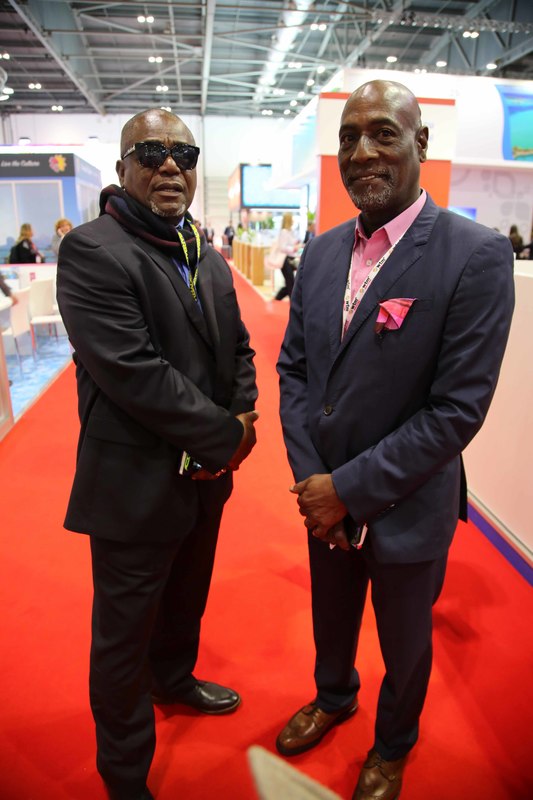


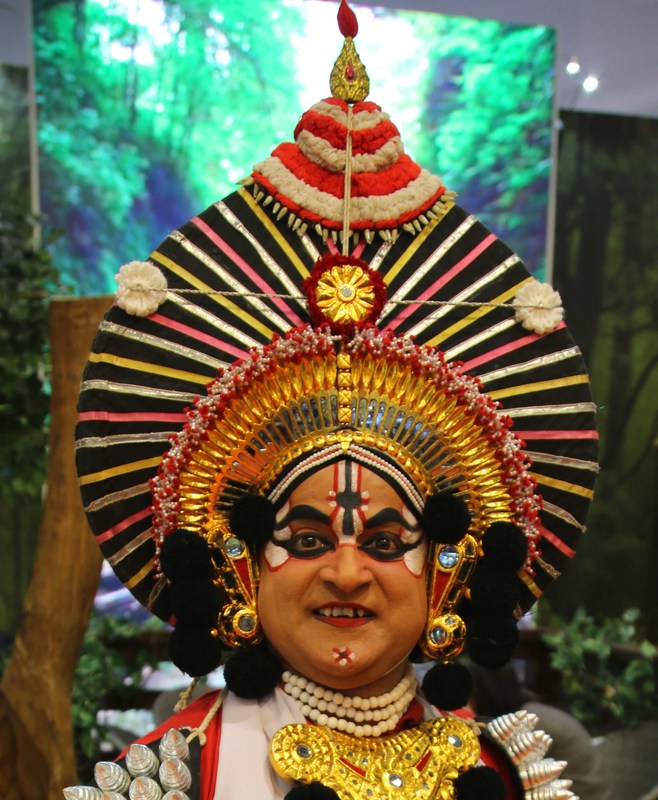







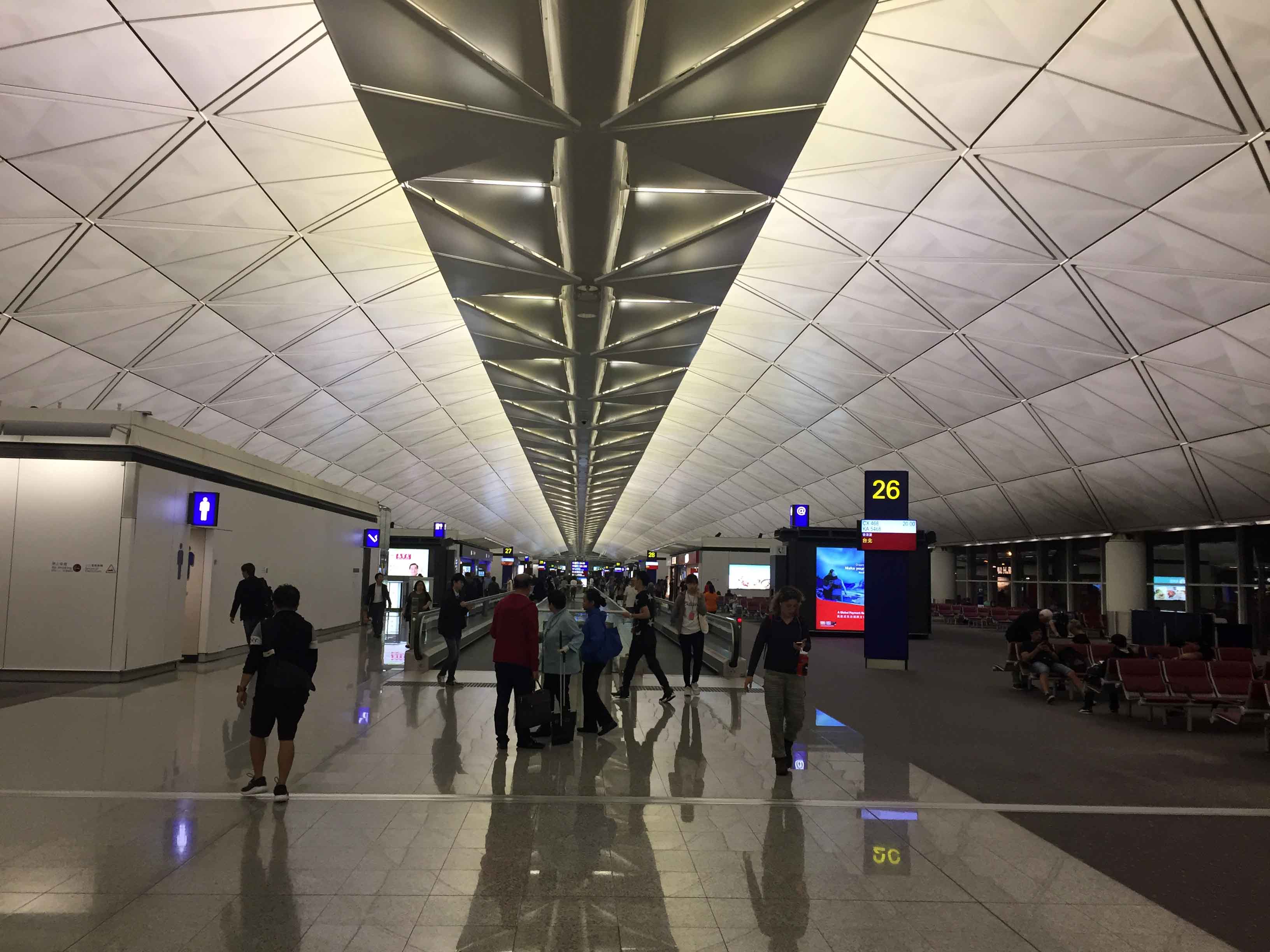


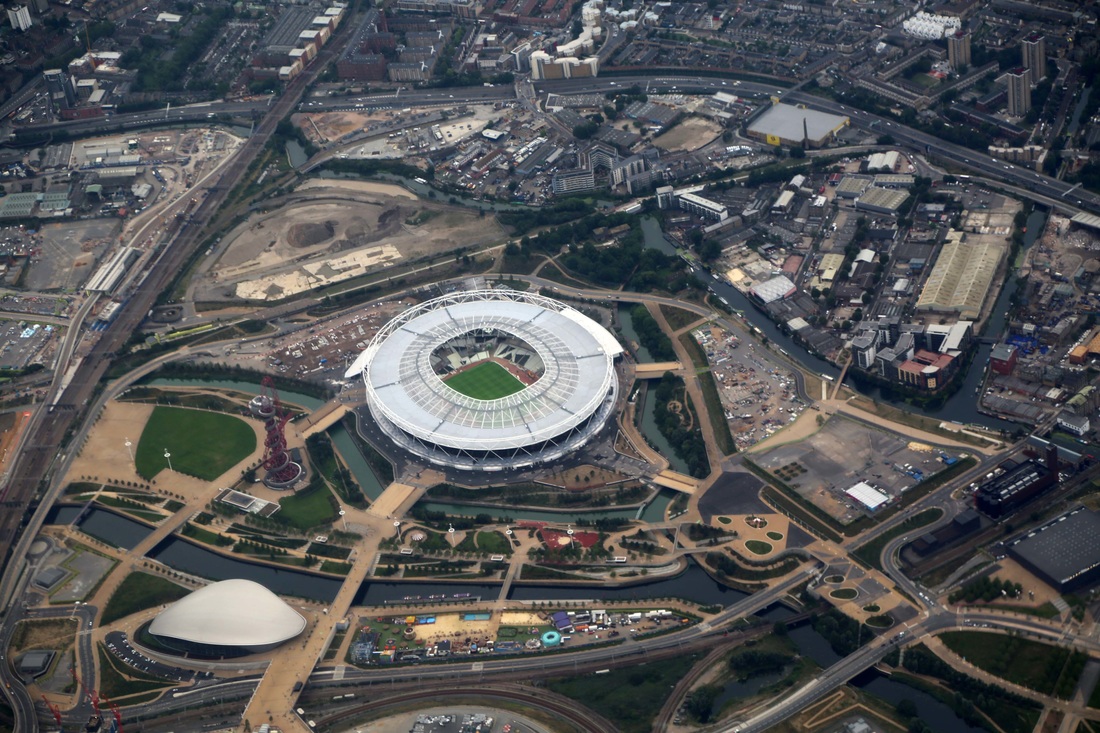



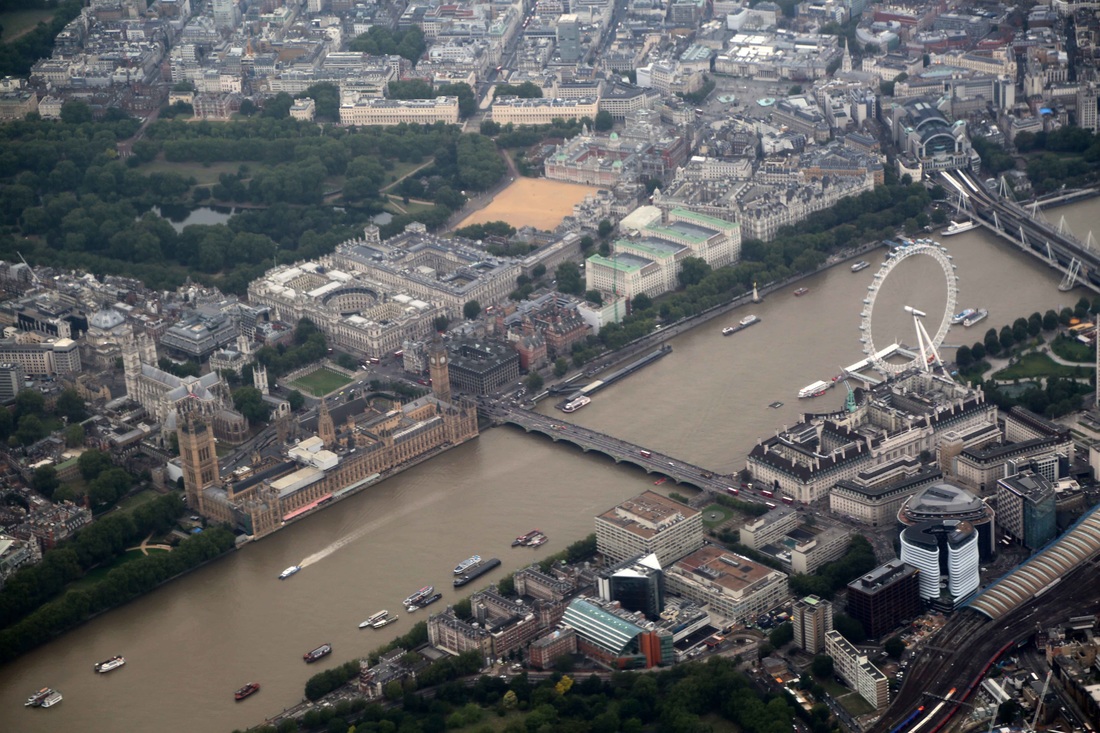



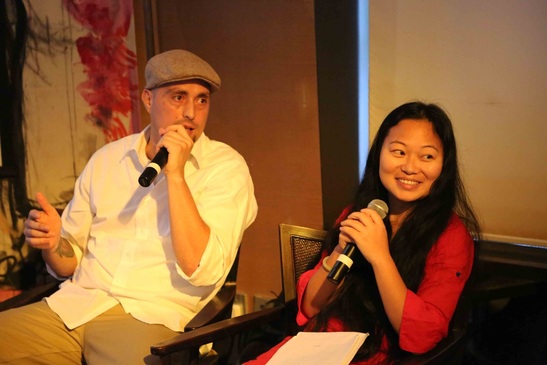


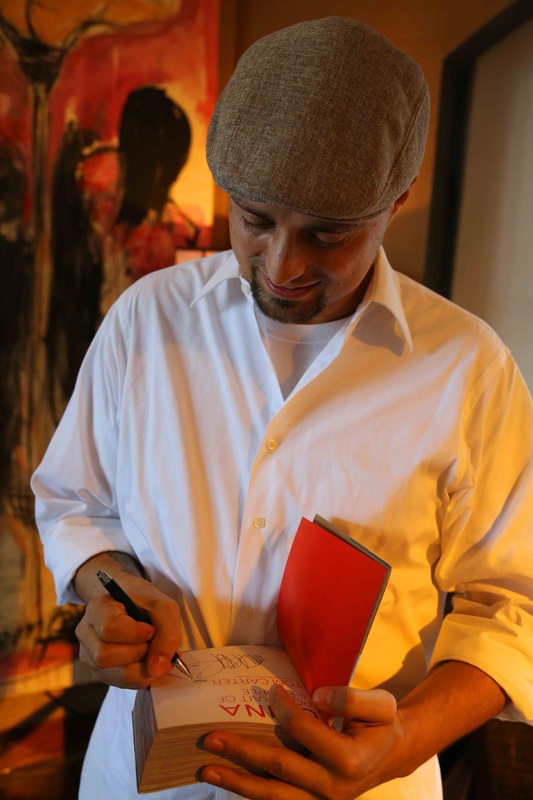





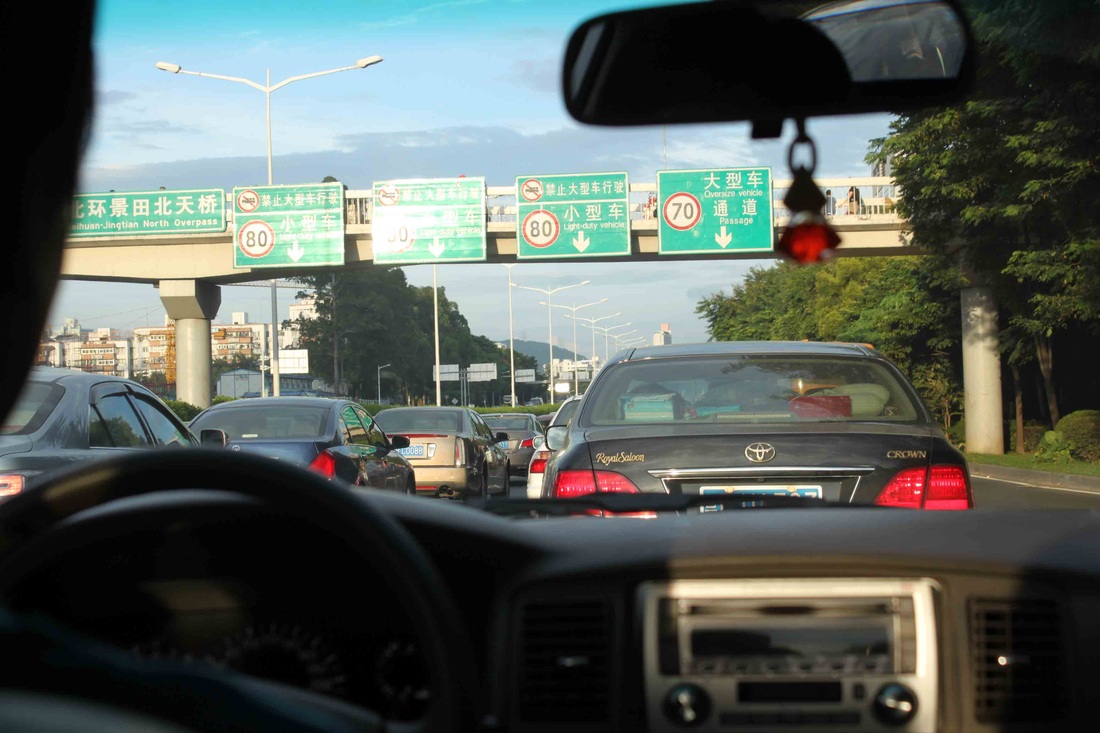





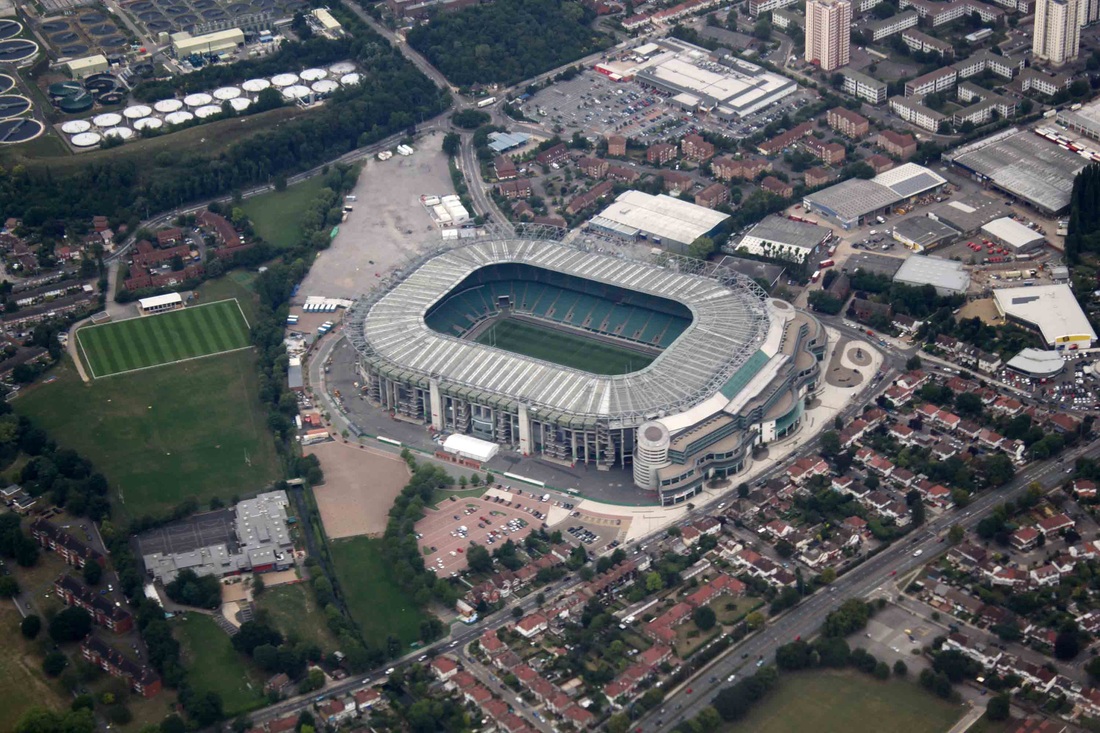









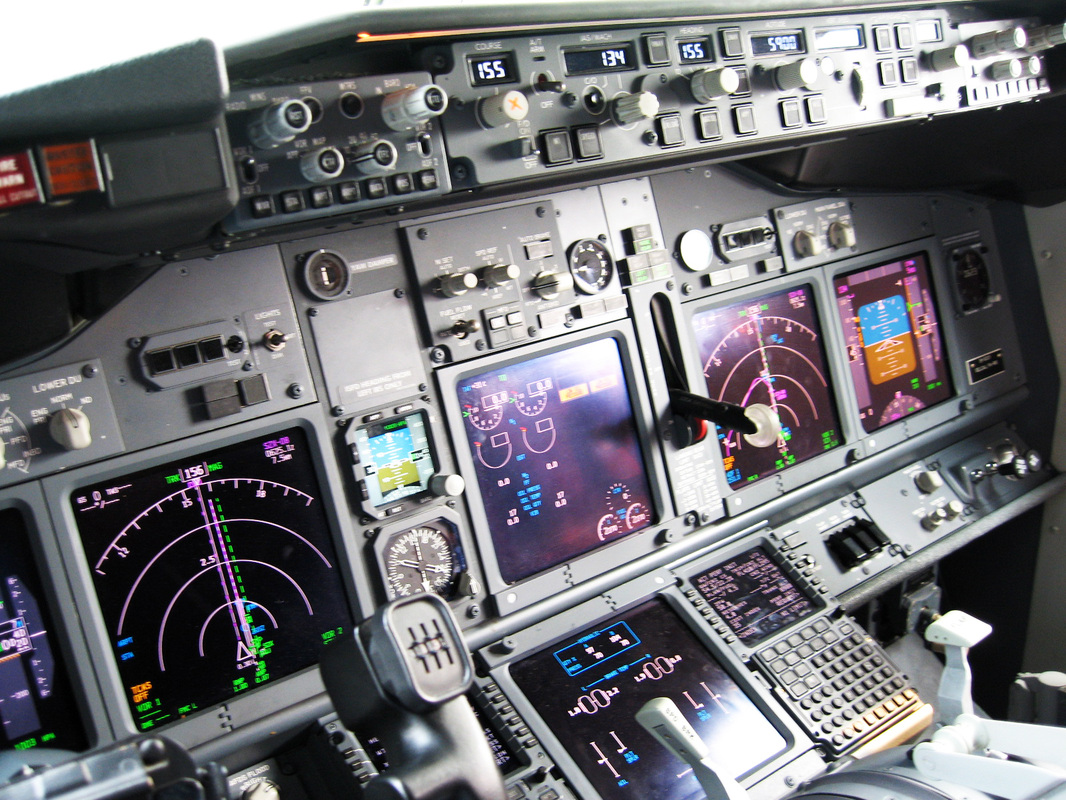


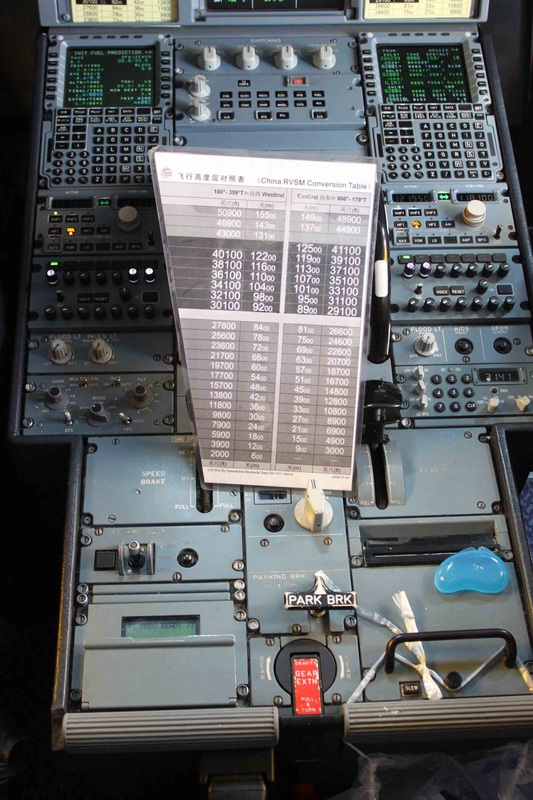




 RSS Feed
RSS Feed







